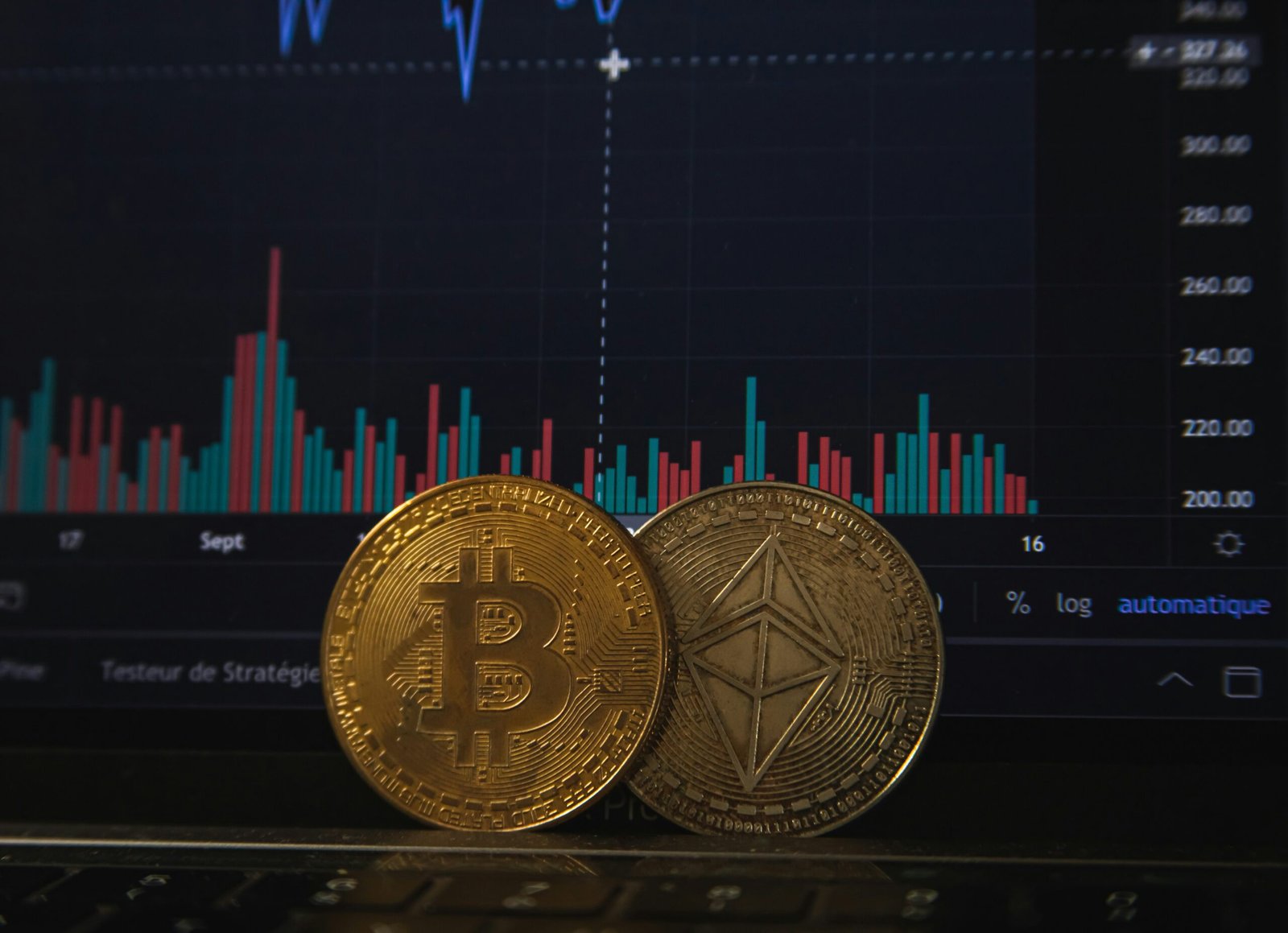Pi Network Price Drop: Understanding the Sharp Decline
The Pi Network cryptocurrency has seen a significant price drop right after being listed on multiple exchanges. Many early adopters and miners, who had high hopes for the project, were left disappointed. Several key factors have contributed to this sudden decline in Pi’s value.
1. Selling Pressure from Pi Holders
One of the most apparent reasons for the rapid drop in Pi’s value is the overwhelming selling pressure from its holders. When Pi Network officially launched its mainnet on February 20, 2025, many users, who had accumulated Pi over the years, rushed to sell their tokens to make a profit.
Unlike traditional cryptocurrencies like Bitcoin or Ethereum, which have a history of stability and institutional backing, Pi’s value was speculative at best. When the price initially hit the exchanges, a large number of sellers created an oversupply, significantly impacting its market price.
2. Unrealistic Expectations About Pi’s Value
Before Pi was officially listed on exchanges, there was an immense amount of speculation about its potential value. Some overly optimistic predictions suggested that Pi could be worth hundreds or even thousands of dollars per coin. This led to widespread hype and a false sense of security among holders.
However, when the actual market price turned out to be around $0.7 to $0.8 per coin, many investors and miners felt disillusioned. This disappointment led to a further wave of selling, exacerbating the downward trend in price. The stark contrast between expectations and reality resulted in a mass exodus of Pi holders looking to offload their holdings.
3. Trading and Listing Restrictions
Unlike many well-established cryptocurrencies, Pi faced unique trading restrictions upon its launch. Some major exchanges, such as OKX, imposed an isolated listing mode for Pi, which meant that users in certain regions could not deposit or trade Pi freely.
This limitation had several negative effects on the currency’s value:
- Reduced liquidity, as fewer people were able to buy or sell Pi.
- A lack of market confidence, leading to increased uncertainty.
- A perception that Pi is not yet fully decentralized or accepted by the broader crypto community.
Such restrictions created a less-than-ideal trading environment, making it difficult for Pi to gain traction among serious investors.
4. Legal and Scam Concerns
Another major factor contributing to Pi’s price crash is the ongoing debate about its legitimacy. Since its inception, Pi Network has faced scrutiny from both financial experts and regulators. Many have questioned whether Pi is a legitimate cryptocurrency or merely a cleverly disguised pyramid scheme.
For instance, law enforcement agencies in China have warned citizens about potential scams related to Pi Network. Some analysts argue that Pi lacks a transparent economic model, and without clear utility or backing, its long-term sustainability remains uncertain. When such concerns become public, they often trigger panic selling, further driving prices downward.
5. Lack of Utility and Adoption
Unlike Bitcoin, Ethereum, or even meme coins like Dogecoin, Pi Network does not yet have a clear use case or widespread adoption. Cryptocurrencies gain value based on supply and demand dynamics, real-world utility, and institutional support.
At the moment, Pi does not have:
- A robust ecosystem of businesses or platforms that accept it as payment.
- Institutional investors willing to back it.
- Decentralized finance (DeFi) applications or smart contracts to enhance its value.
Without these crucial elements, Pi remains largely a speculative asset with limited real-world usage, which further contributes to its declining value.
Conclusion
The rapid fall in Pi’s price can be attributed to several factors, including heavy selling pressure, unrealistic expectations, trading restrictions, legal uncertainties, and a lack of real-world adoption. While some early adopters still believe in Pi’s long-term potential, the current situation highlights the volatility and risk involved in emerging cryptocurrencies. Until Pi Network proves its utility and gains broader acceptance, it is likely to remain highly speculative and vulnerable to further price drops.






1 Comment
Pi Network Price Drop: Evaluating Challenges and Future Prospects - THIẾT KẾ QUY HOẠCH
02/21/2025 - 6:39 PM[…] experienced a significant shift in recent times, leading to widespread discussions regarding the Pi Network Price Drop and its implications for the broader ecosystem. Many investors and enthusiasts have expressed […]